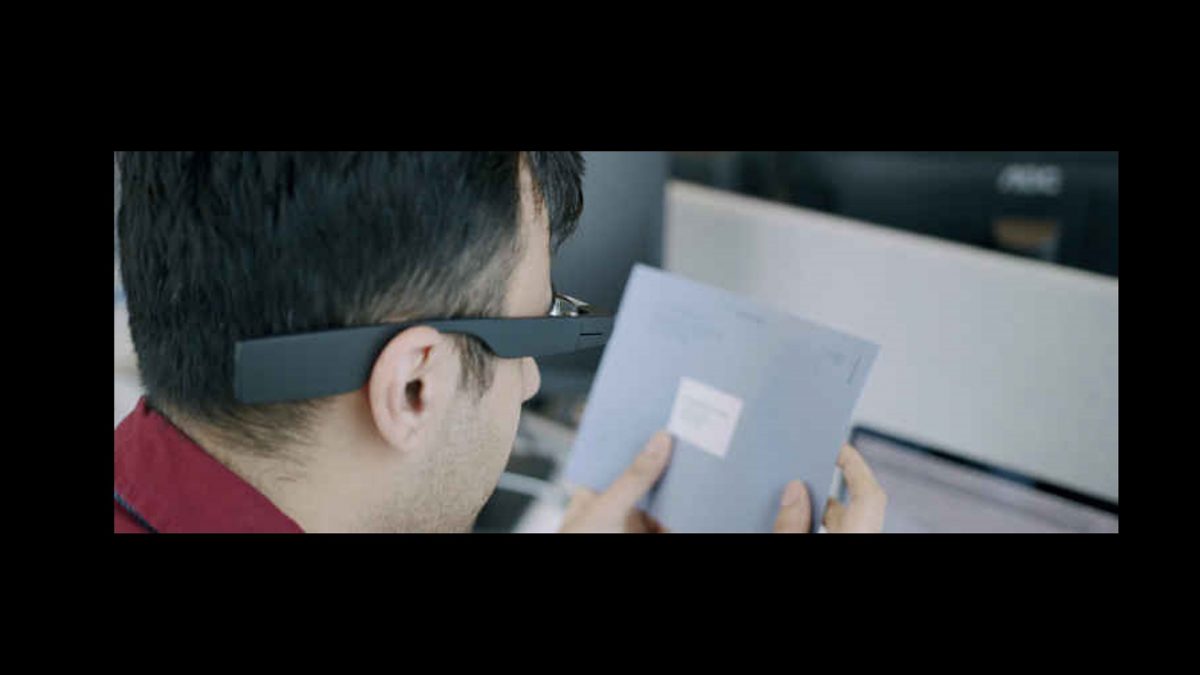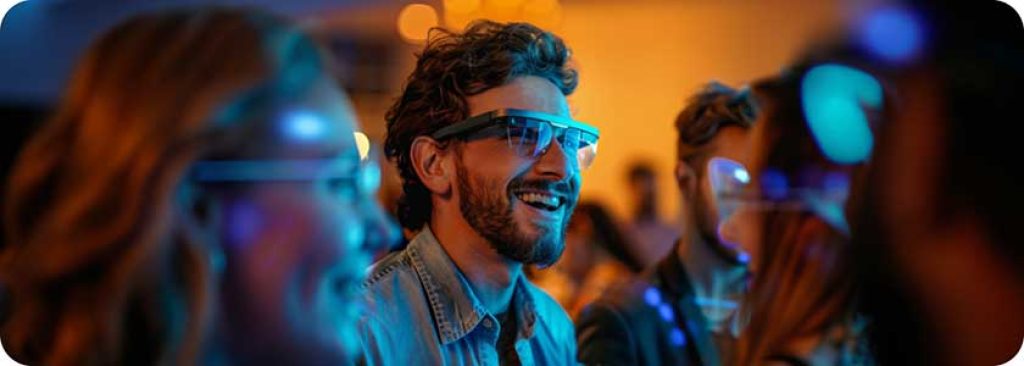OCR Devices for the Blind: Breaking Barriers with Optical Character Recognition
OCR Devices for the Blind: Breaking Barriers with Optical Character Recognition
Blog Article
Discover Advanced Assistive Instruments for Individuals With Visual Disabilities
The landscape of assistive modern technology for individuals with aesthetic impairments is developing rapidly, providing a series of ingenious tools that boost autonomy and involvement (Braille displays and notetakers). From wise glasses that effortlessly combine aesthetic input with acoustic support to innovative navigating applications that redefine spatial understanding, these devices are improving opportunities. The newest advancements in Braille technology and voice-activated systems significantly add to availability. The effects of these advancements extend much beyond mere capability; they challenge conventional assumptions of impairment and freedom. What might this indicate for the future of inclusion and support?
Smart Glasses Innovations
Smart glasses represent a considerable improvement in assistive innovation for individuals with visual problems. Outfitted with cams and sensing units, smart glasses can record real-time aesthetic information, which is then processed and shared to the individual with audio responses or haptic experiences.
Additionally, innovations in fabricated knowledge have better boosted the abilities of smart glasses. Machine understanding algorithms can recognize faces, checked out text, and recognize objects, making them important devices for day-to-day tasks. Users can get auditory signs that offer context about their setting, fostering freedom and confidence.
In addition, the ergonomic style and light-weight nature of numerous clever glasses make them appropriate for prolonged usage, guaranteeing convenience while enhancing performance. As these devices remain to evolve, they hold the possible to transform the means individuals with visual problems experience their day-to-days live, bridging the space in between ease of access and innovation. The recurring research study and growth in this area guarantee to increase the opportunities for smart glasses, making them an essential element of contemporary assistive tools.
Navigation Apps and Equipment
Countless navigation apps and devices have actually emerged as necessary resources for people with aesthetic disabilities, significantly boosting their capability to pass through strange environments. These innovations take advantage of general practitioner capability, audio hints, and real-time information to offer users with exact navigating help.
One famous instance is the Aira app, which connects users to qualified agents that can provide aesthetic summaries of surroundings and navigating advice through a live video feed. This solution boosts the user's spatial awareness and confidence while browsing. Another significant tool is Seeing Eye GPS, which uses voice-guided navigation and points of rate of interest, enabling users to access vital information about their environments.

As innovation remains to advance, the growth of much more innovative navigation devices guarantees to further encourage people with visual disabilities, assisting in seamless mobility and assimilation into varied environments. Such technologies contribute in advertising a more comprehensive society.
Braille Innovation Advancements
In recent times, improvements in Braille innovation have considerably transformed how individuals with aesthetic problems accessibility details and involve with the world around them. The growth of mobile Braille screens has changed analysis by allowing users to attach wirelessly to smart devices, tablet computers, and computers. These gadgets convert message into Braille in real-time, enabling smooth communication with electronic content.
Moreover, cutting-edge Braille printers have arised, improving the manufacturing of tactile products. Modern embossers are faster and extra effective, permitting for the fast creation of Braille documents and instructional materials. This performance decreases the moment and price connected with generating Braille resources, making them extra obtainable to organizations and institutions.
Additionally, the combination of Braille with other innovations, such as artificial intelligence and artificial intelligence, has opened up brand-new avenues for tailored learning experiences. Voice recognition and synthesis modern technologies can complement Braille, offering a comprehensive strategy to information dissemination.
As the need for comprehensive education and learning and workplace environments grows, these technical developments play a crucial duty in encouraging people with aesthetic impairments, ensuring they have equal access to information and chances in different elements of life.
Wearable Instruments for Freedom
An expanding selection of wearable tools is improving independence for people with visual disabilities, offering cutting-edge options that boost navigating and day-to-day living. read this post here Braille displays and notetakers. These tools utilize advanced innovations to offer real-time feedback and support, promoting freedom in numerous settings

Wearable modern technology likewise includes smartwatches that can be set with access attributes, making it possible for users to receive notifications, track their locations, and even call for aid with the touch of a button. Additionally, some tools incorporate artificial intelligence to examine the environment, offering audio summaries of nearby things or people.
Voice-Activated Assistive Solutions
Leveraging voice-activated assistive remedies has actually changed the landscape of support for individuals with aesthetic impairments, supplying hands-free interaction and access to a range of jobs. These innovations use natural language handling and fabricated knowledge to allow customers to perform daily tasks via simple voice commands.

Moreover, recent advancements in voice recognition accuracy have actually boosted the individual experience dramatically, suiting varied accents and speech patterns. This inclusivity makes sure that even more people can profit from these modern technologies, fostering a better feeling of freedom.
Conclusion
To conclude, the development of innovative assistive tools substantially improves the independence and quality of life for people with visual impairments. Technologies such as clever glasses, navigation applications, Braille modern technology, wearable gadgets, and voice-activated services jointly promote a more comprehensive environment. These technologies encourage individuals to navigate their environments with self-confidence and involve even more completely with the world, eventually promoting higher accessibility and level playing fields for people dealing with aesthetic obstacles.
The landscape of assistive innovation for individuals with aesthetic disabilities is developing rapidly, presenting an array of cutting-edge devices that enhance freedom this content and engagement.Smart glasses stand for a considerable development in assistive technology for people with visual problems. As these tools continue to develop, they hold the possible to change the way individuals with visual problems experience their day-to-day lives, bridging the gap between access and innovation.In current years, advancements in go to the website Braille innovation have actually significantly transformed exactly how people with aesthetic problems access information and engage with the world around them. These modern technologies empower users to navigate their environments with self-confidence and engage more fully with the globe, eventually advertising better accessibility and equal opportunities for individuals dealing with visual obstacles.
Report this page